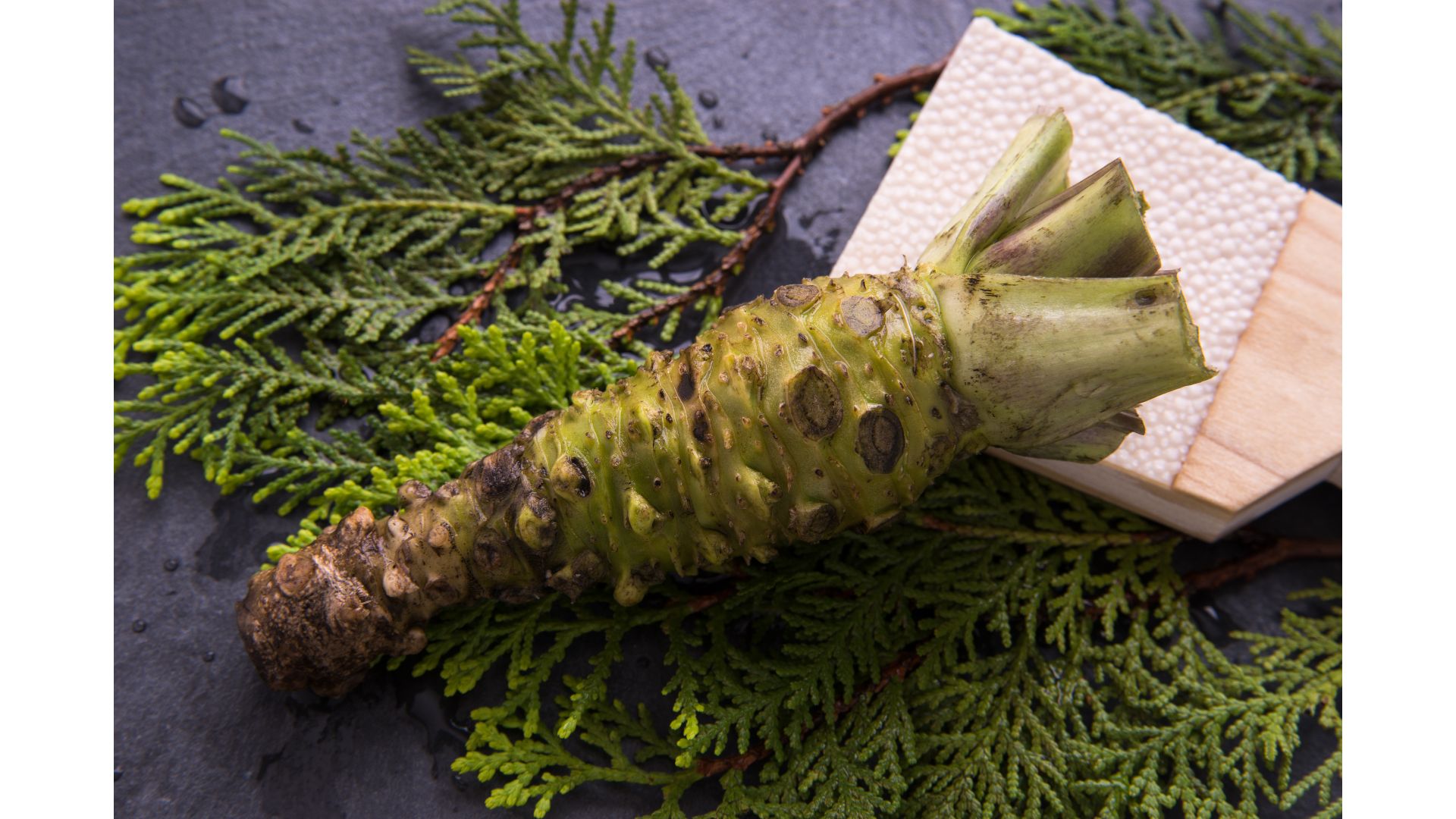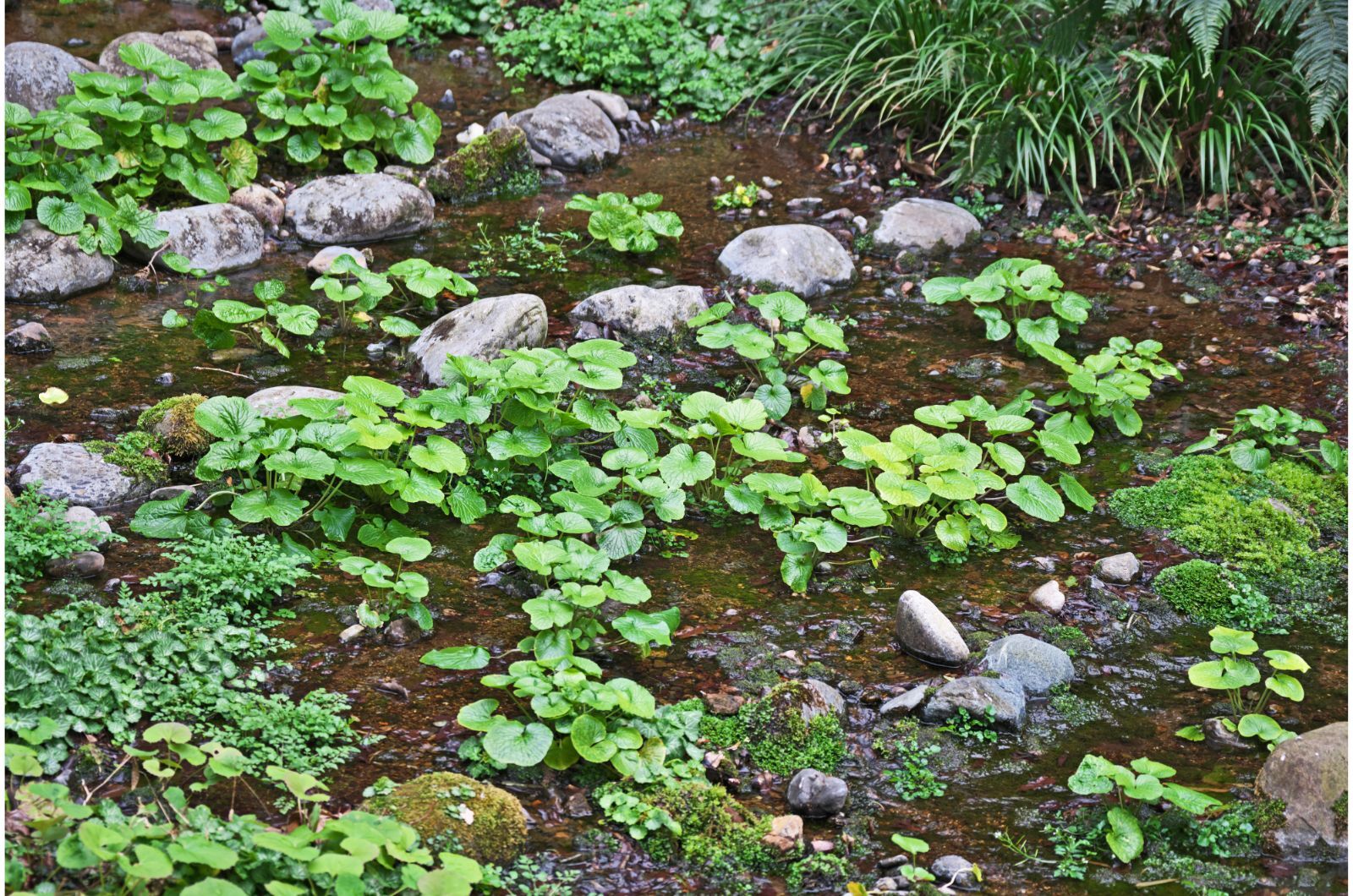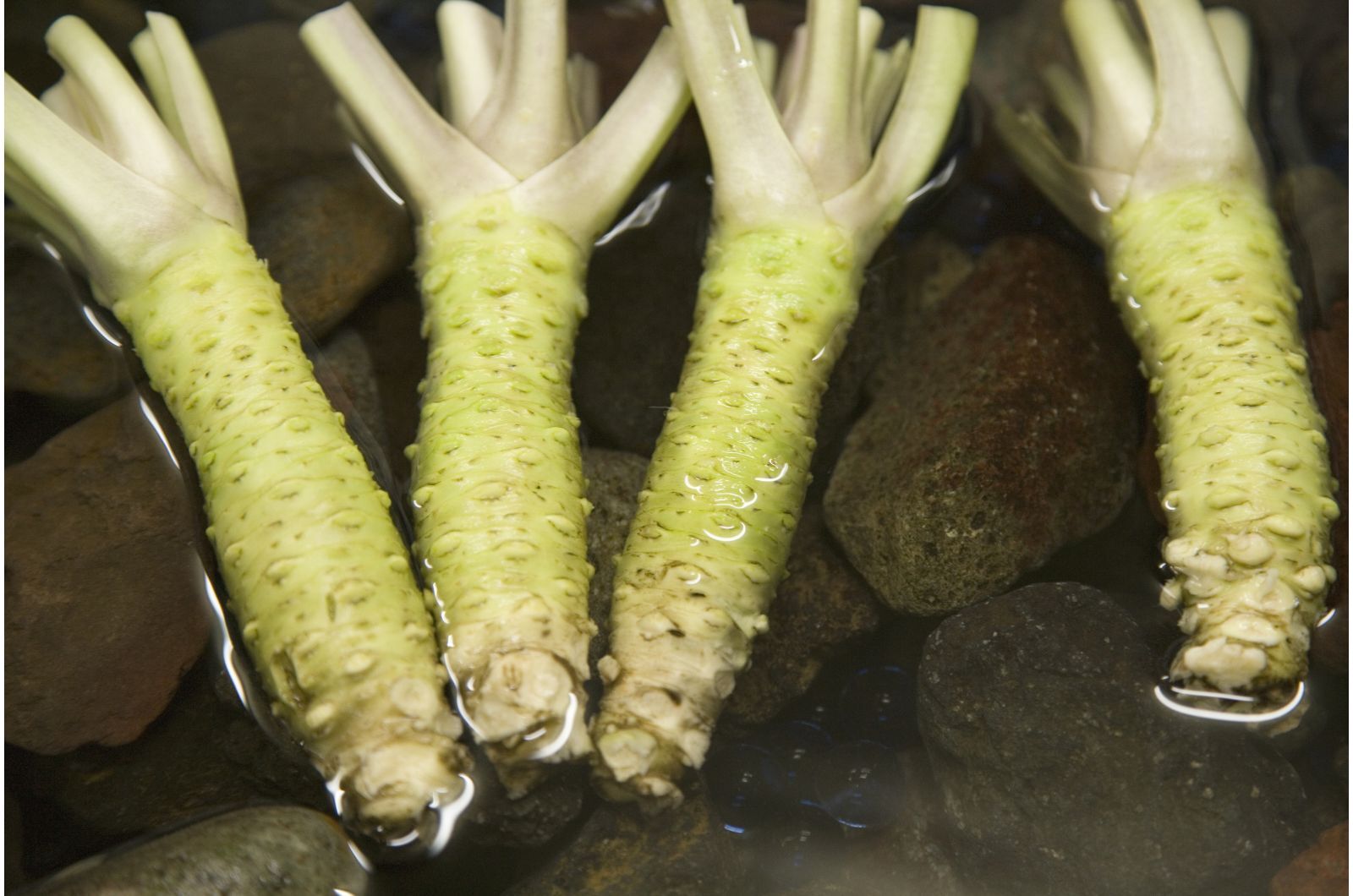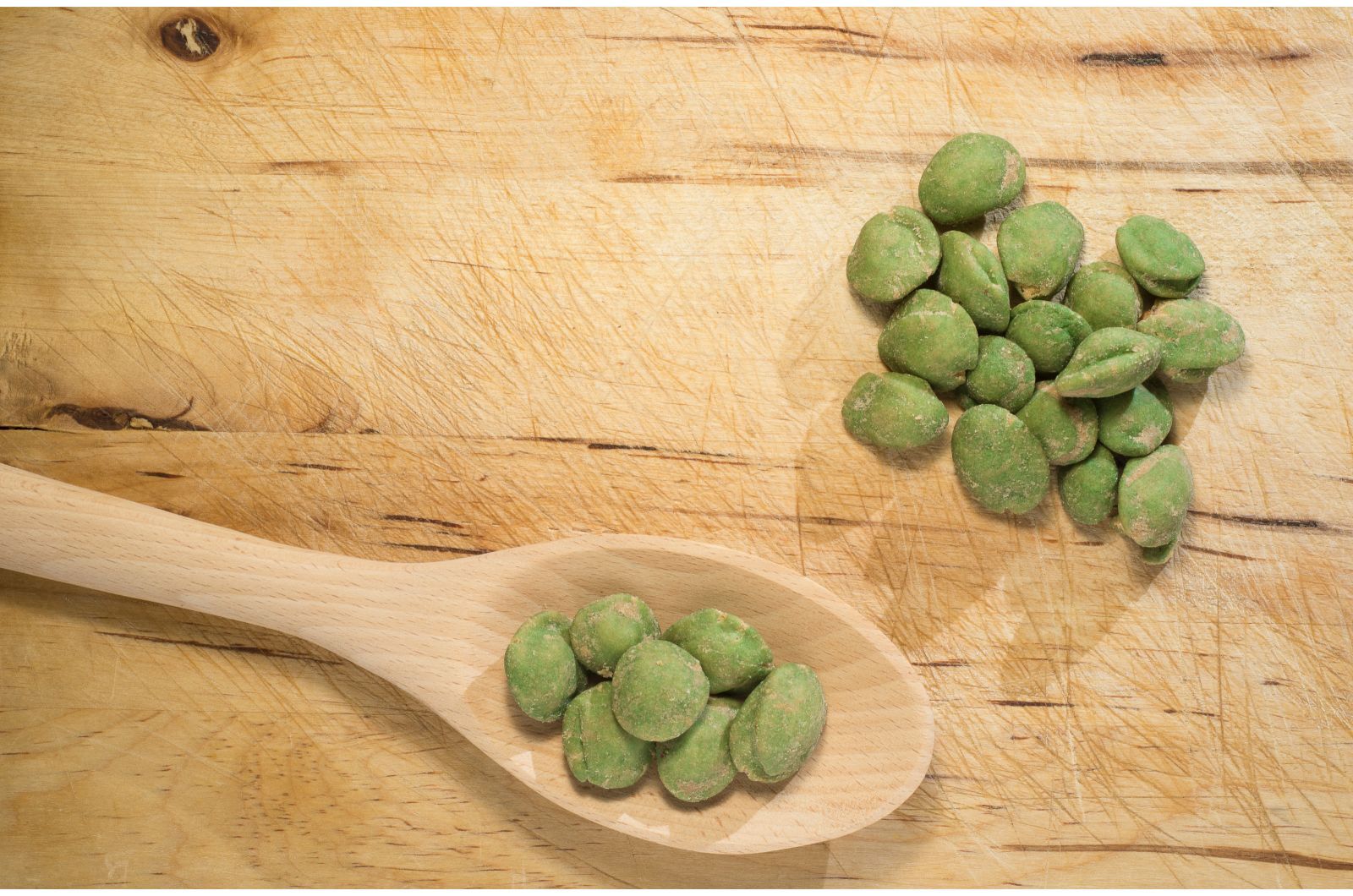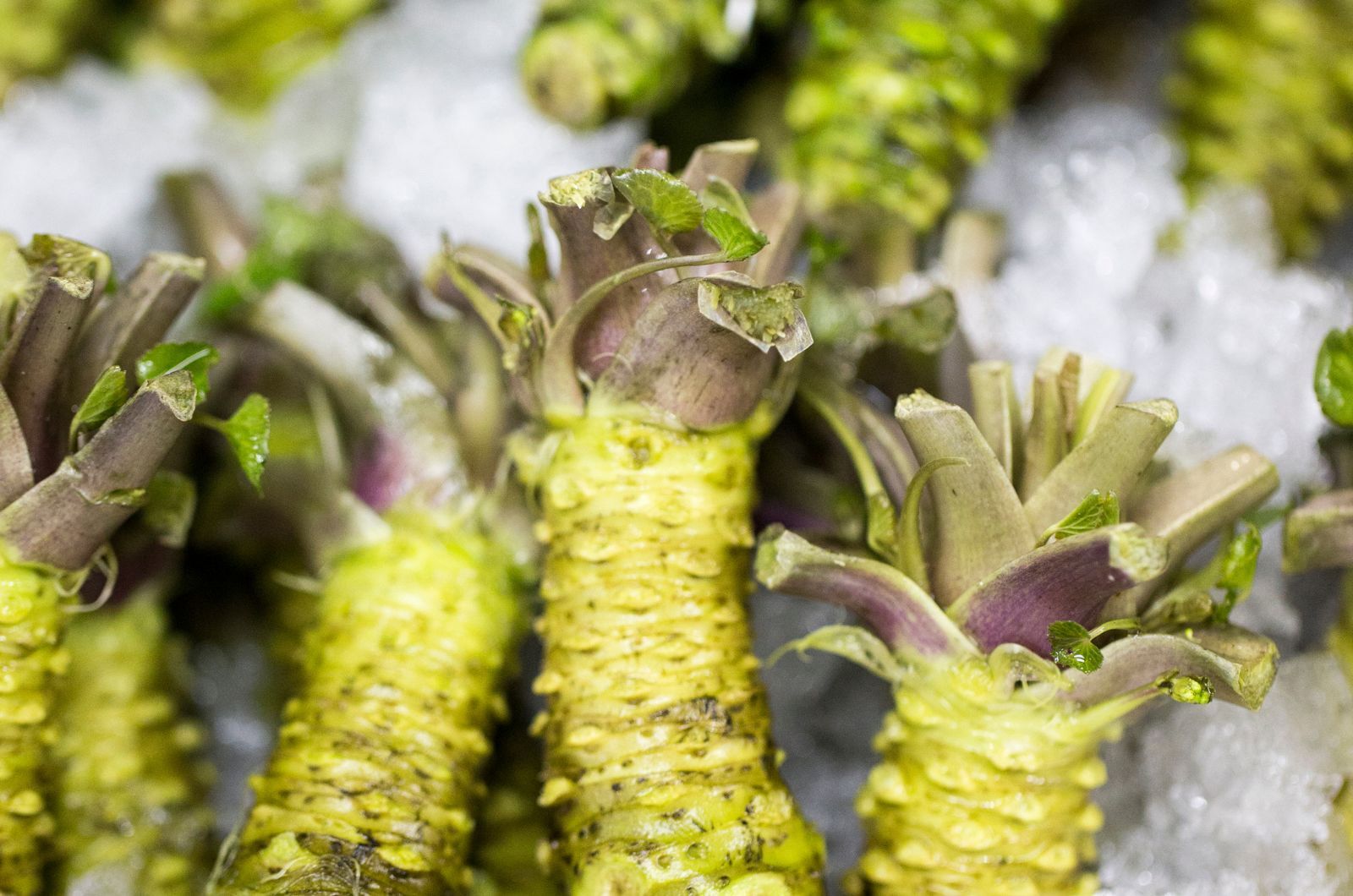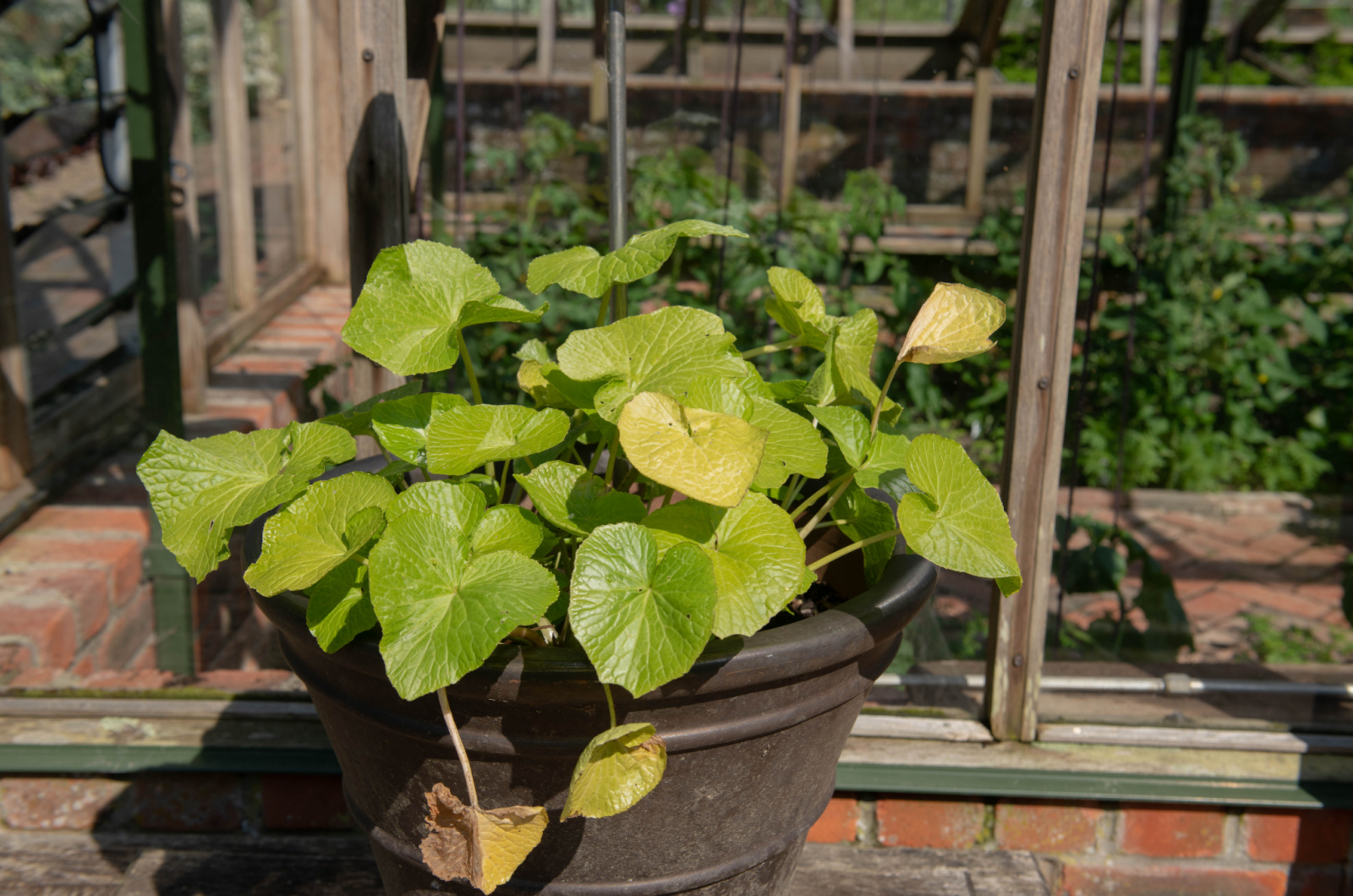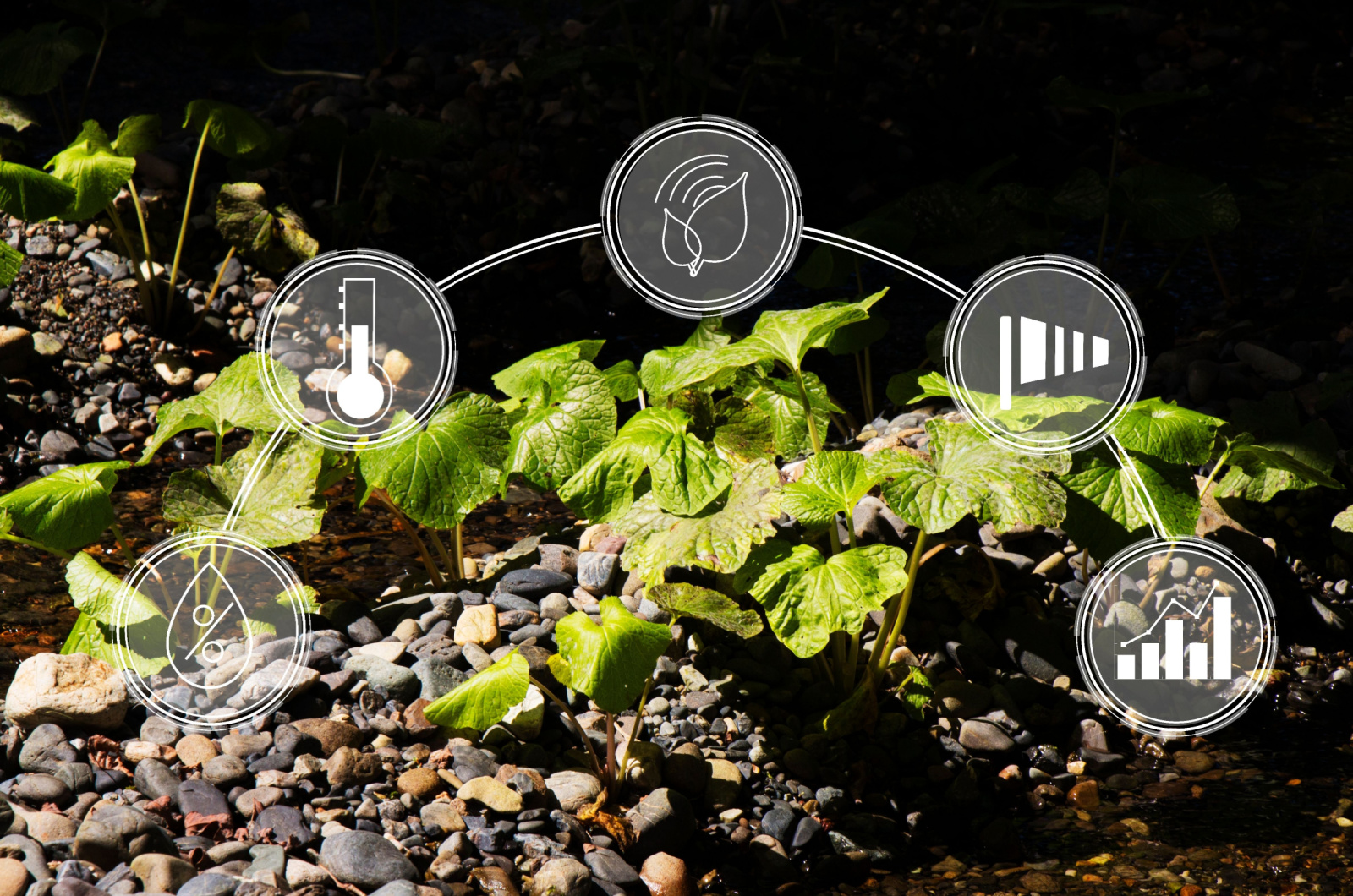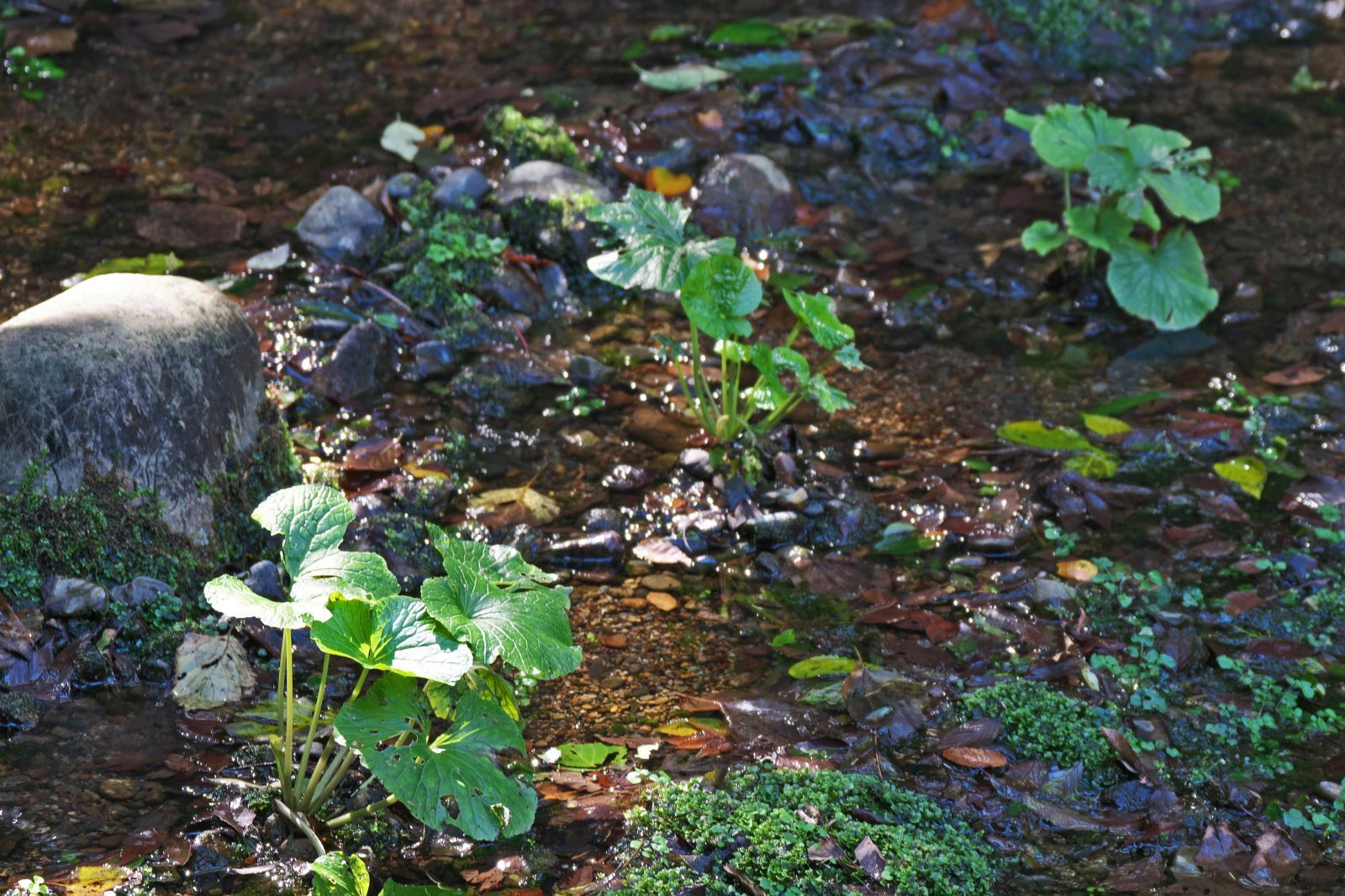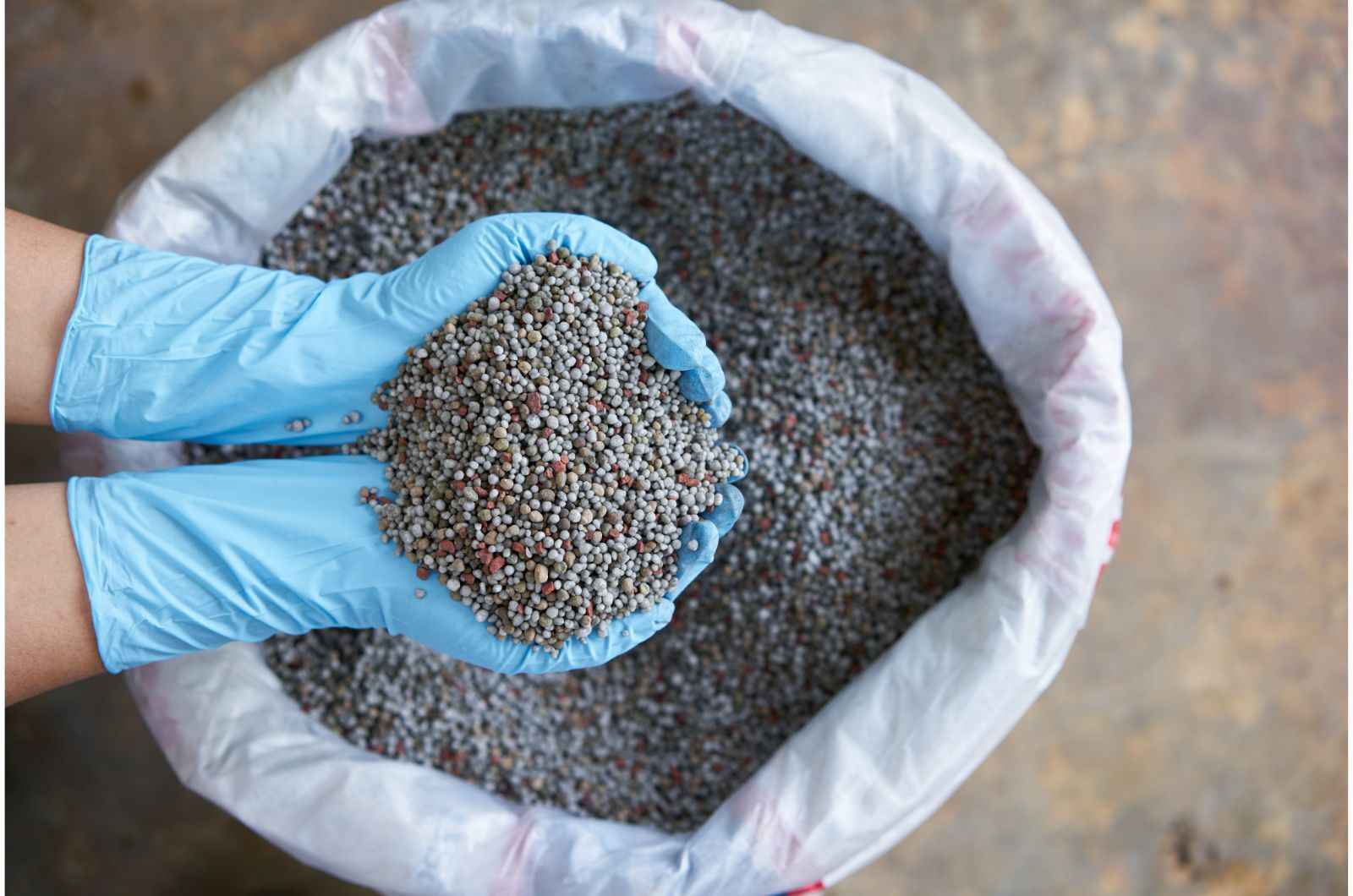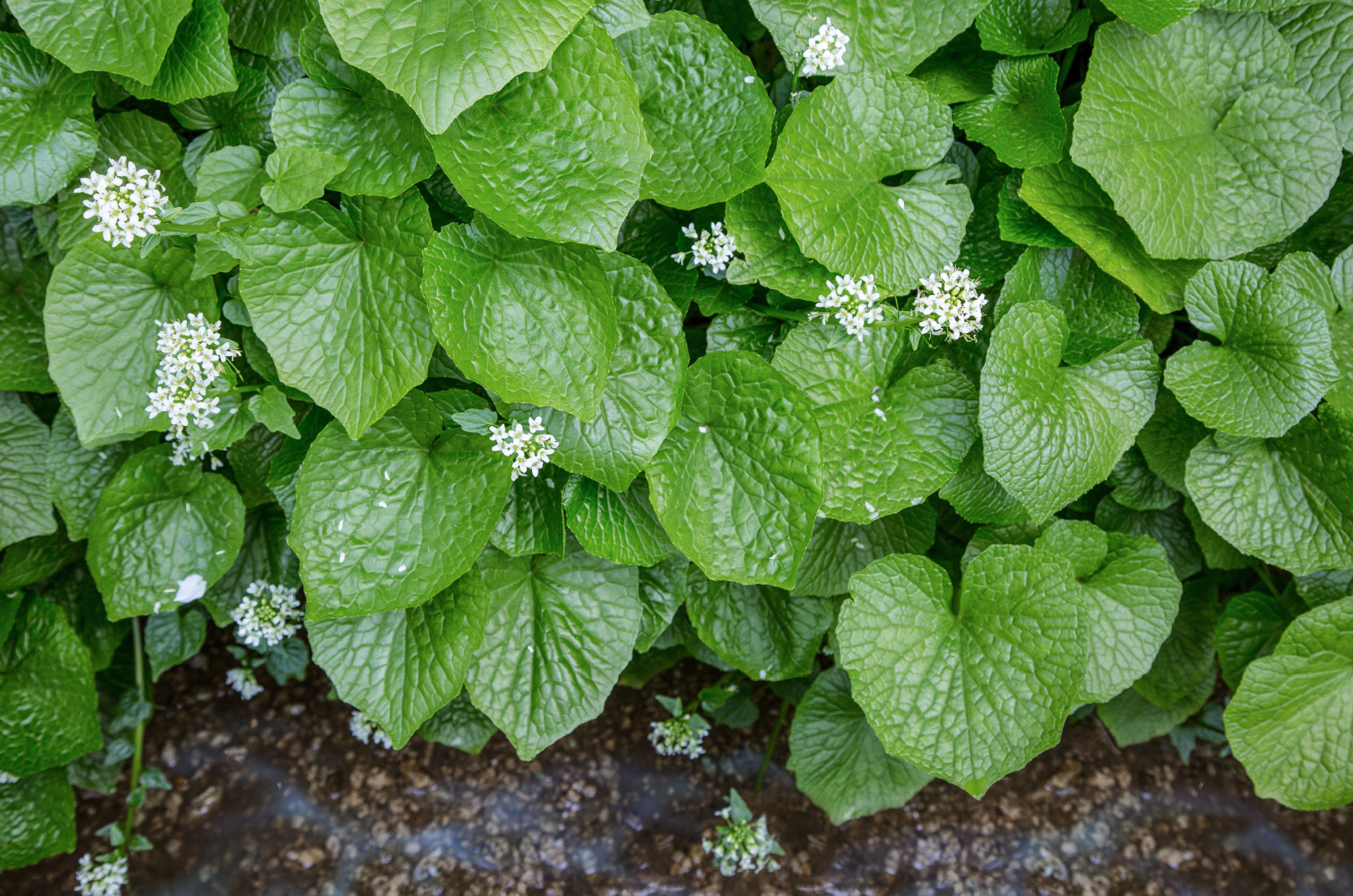When I see the word wasabi, I immediately think of sushi. Cooks and chefs use the plant’s rhizomes to make the signature thick paste.
Yet, you can use the wasabi plant in other ways, too. The best part about it is that its leaves and stems are also edible.
I have to warn you not to raise your hopes too high, though. Wasabi is pretty demanding and tricky to grow. It needs its growing conditions just right so that it can thrive.
Here’s everything you need to know about meeting wasabi’s requirements!
Let’s get started!
#1 Find The Right Location
Wasabi comes from the riverbanks of Japan. That’s why you should mimic those conditions. Plant wasabi near a pond, stream or a river in a shaded location.
The key is to keep this plant out of direct sunlight because it can scorch its tender foliage. Expose it to indirect sunlight, especially during hot afternoons.
Yet, direct and harsh sun isn’t the only thing this plant detests. Wasabi needs consistent temperatures between 45-70°F. Heat will stress out your plant, so avoid hot conditions at all costs.
Plant your wasabi in a mildly acidic substrate rich in nutrients and organic matter. Maintain consistent moisture, and that’s it. If the soil isn’t acidic, you can add some aluminum sulfate or use coffee grounds for plants.
Finally, my favorite way of growing wasabi is in pots. You can create the right conditions very easily this way – even in Florida!
#2 Plant Wasabi The Right Way
Buy wasabi rhizomes from retailers you can trust. Garden centers and nurseries usually don’t have wasabi plants in stock.
Keep your wasabi moist when it arrives and plant it in a small planter for the time being. In a month or so, once the plant has developed roots, you can transplant it outdoors.
The best time to do this is in spring. The weather is warm and mild and will support the growth of your wasabi. Also, the soil is workable at that time, which will make it easier for you, too, not just your plant.
P.S. Add some compost or other organic matter at the time of planting.
#3 Growing Wasabi From Seeds
You can propagate wasabi from seeds, but I don’t recommend it. Not only are the seeds hard to find, but they are also a nightmare to sprout.
And the worst part is that most companies won’t even sell real wasabi seeds, but dupes. They will label different types of arugula or mustard seeds as wasabi. They are great alternatives and easy to grow, but they’re not the real thing.
#4 Starting Wasabi From Cuttings
Don’t be discouraged with the fact that you won’t be able to grow wasabi from seeds (most likely). You can still start it from cuttings, or rather rhizome division.
Separate the rhizomes with a disinfected and sharp knife. Make sure all sections have a couple of viable buds and roots so that they can grow.
Plant the cuttings (divisions) in a seed-starting mix. Ensure the container has drainage holes so that the excess moisture has a way out.
Once the rhizomes produce a healthy root system, you can transplant the plant to your outdoor garden. Or you can move it to a larger pot if you want to add it to your container garden.
Pro tip: I’m all about using what you have on hand, but you shouldn’t add garden soil to wasabi pots. It is too heavy and compacted and will result in overwatering or root rot.
#5 Growing Wasabi In Planters
Since wasabi plants are tricky to grow, planting them in pots may be the best way of cultivating them.
You can move the containers around so that your plants can have the right lighting all day long. And as the weather changes, you can move the planters to warmer or colder locations.
This allows you to take them indoors if it gets too cold, or place them in a shadier spot if it is too warm.
Planters call for the right potting mix. That’s a good thing because you can custom-make it to fit your wasabi’s needs.
Plant your wasabi in a 3-gallon container with drainage holes to prevent overwatering. Check the planters often and keep your plant moist. Feed your wasabi with an all-purpose fertilizer every couple of months to ensure proper growth.
#6 Wasabi Care Guide
You may wonder why I’m mentioning a wasabi care guide now when I’ve talked about its needs in the previous sections.
Well, I did mention this plant is finicky, didn’t I? That means there are more requirements you need to meet in order to be a successful wasabi grower.
Wasabi needs constant moisture, but it is NOT an aquatic plant. That’s why you shouldn’t keep it in standing water. Damp substrate, not wet, is perfect!
Monitor the soil moisture often, especially in hotter conditions. Mulching can help you keep the substrate moist for longer periods without leading to overwatering. Add a layer of compost, aged manure, or other organic matter.
This will ensure the growing medium stays damp, enriching it with nutrients at the same time.
One final word about watering wasabi. Don’t wet its foliage! This will increase the risk of fungal infections such as powdery mildew. Instead, irrigate your plant at the base, and all will be well.
Don’t forget to add fertilizers if you want your wasabi to flourish. Feed it with a balanced fertilizer every 2-3 months for optimal results. Triple 12 fertilizer is great. Also, if you want to increase the richness of flavor and spiciness, use high-sulfur fertilizers. (1)
Wasabi plants are sensitive to everything, but not pests. Believe it or not, these demanding plants don’t suffer from frequent pest infestations.
Aphids, snails, and slugs are the most common nuisances that attack these plants. You can deal with aphids by spraying them with insecticidal soaps or applying horticultural oils.
Also, there are great ways of dealing with slugs in your garden. Set up beer traps, barriers, etc.
Wasabi Growth Speed
Wasabi may take between 1 and 3 years to grow and harvest after planting the rhizomes.
The exact amount of time depends on the growing conditions you provide it with. Health of the plant is also a factor that affects the wasabi growth rate.
You can minimize the debilitating factors by growing wasabi in containers, greenhouses, and polytunnels.
References:
1. Clemensen, A. & Drost, D. (2020). How to Grow Wasabi in Your Garden. USU Yard and Garden Extension.

